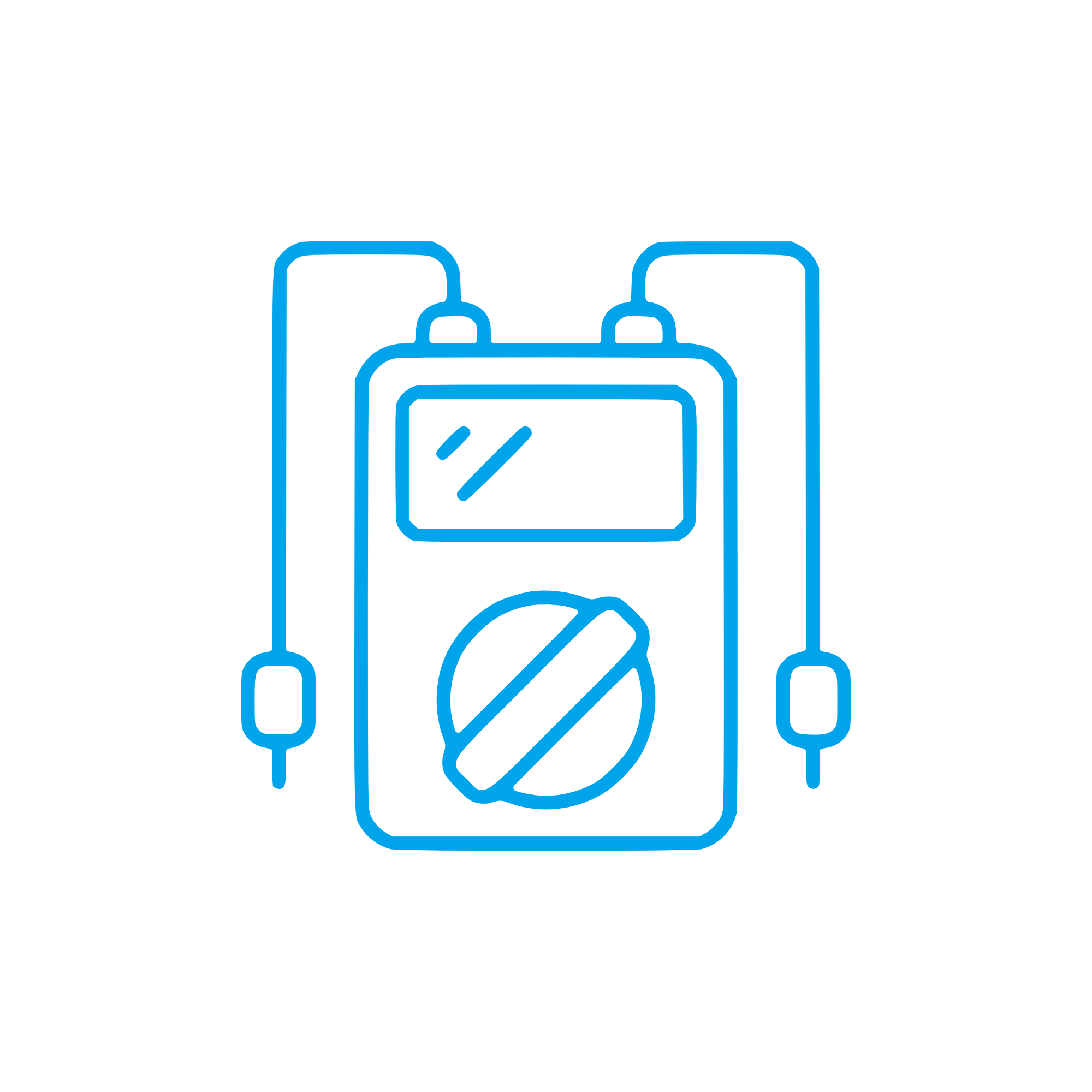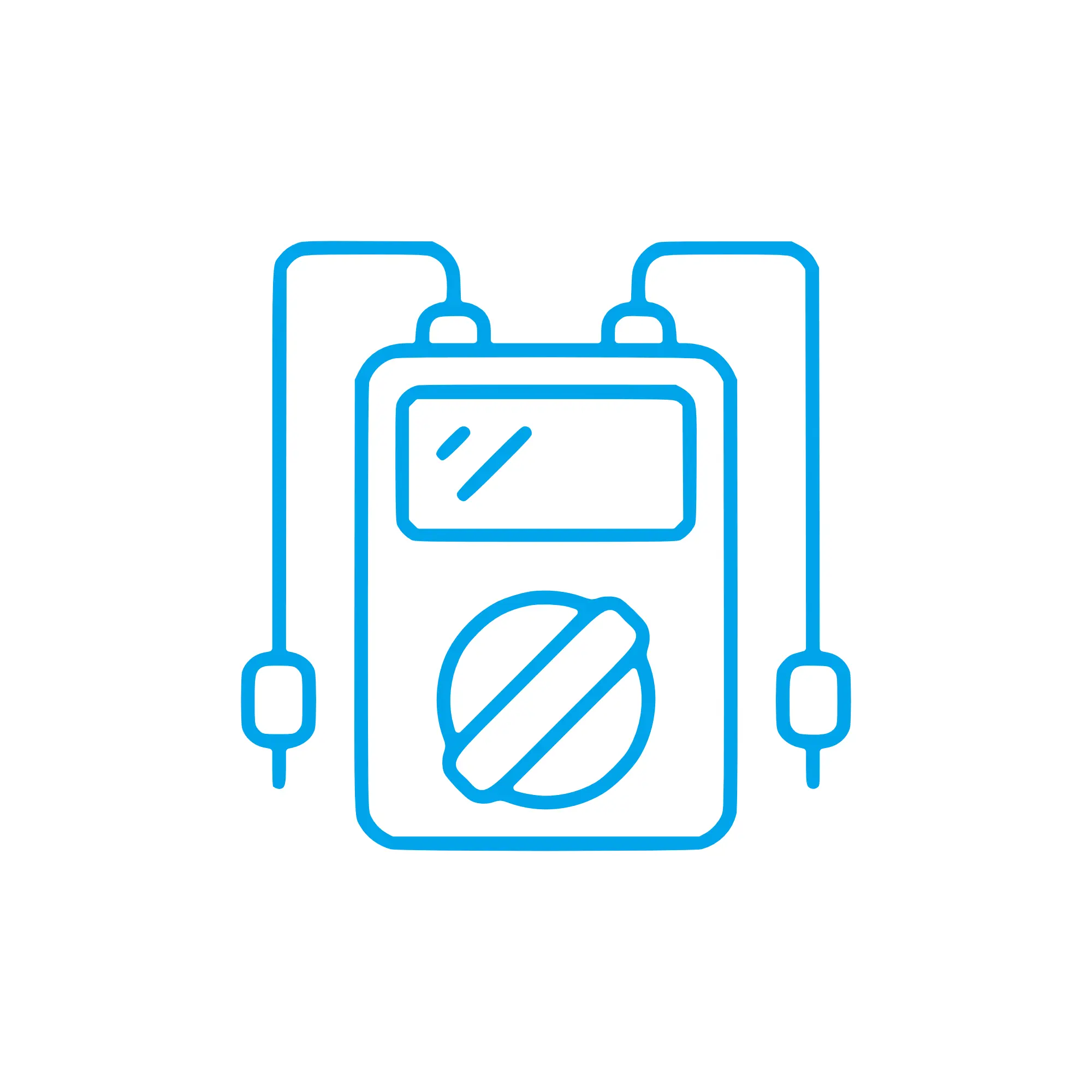MEASURING INSTRUMENT Gauges and Sensors for Marine and Diesel Engines
Gauges and sensors are the eyes and ears of any engine. As a specialized MEASURING INSTRUMENT category, these components convert physical conditions inside a powerplant—pressure, temperature, level, speed, vibration, and flow—into precise, actionable data. Whether installed on a compact generator set or a large two-stroke marine engine, gauges and sensors provide the real-time information that operators and control systems rely on to keep machinery efficient, safe, and compliant. Without accurate feedback from measuring devices, even the most robust diesel engine can drift out of its optimal operating window, wasting fuel, accelerating wear, and risking costly downtime.
Technical function: MEASURING INSTRUMENT roles in marine engine and diesel engine monitoring
In practical terms, gauges display critical values at the panel—oil pressure, coolant temperature, boost, and RPM—while sensors (transmitters and transducers) capture parameters at the source and feed them to the engine control unit (ECU), alarm modules, or data loggers. A pressure sensor in the lube circuit, for example, translates bar or psi into an electrical signal (4–20 mA, 0–10 V, or CAN J1939), which a controller uses to confirm sufficient lubrication and to initiate safe shutdown if the reading drops below setpoint. Temperature sensors in the coolant jacket and exhaust path enable fine control of thermal loads, protecting cylinder heads and turbochargers and stabilizing combustion efficiency. Speed pickups at the flywheel deliver high-resolution RPM data needed for governing and load sharing.
Modern installations integrate the MEASURING INSTRUMENT chain end-to-end: ruggedized senders with sealed connectors, shielded cabling for EMI immunity, and panel or HMI gauges that present values with high contrast and alarm annunciation. On a marine engine, this chain often ties into class-compliant systems via NMEA 2000 or Modbus, ensuring that engineers can view and trend data from the control room. In diesel engine applications on land, the same functions support automated load steps, emissions control, and predictive maintenance via historical sensor traces.
Key characteristics and advantages of gauges and sensors
· High accuracy classes and fast response times
· Stable calibration with low long-term drift
· Wide measurement ranges tuned for diesel engine duty
· Robust housings with salt-mist and corrosion resistance
· IP-rated sealing (e.g., IP65–IP67) for harsh environments
· Shock and vibration resilience for marine engine platforms
· EMI/EMC compliance for clean signals under heavy loads
· Standard outputs: 4–20 mA, 0–10 V, frequency, CAN J1939
· Compatibility with ECU, safety relays, and alarm modules
· Class approvals and documentation for vessel compliance
Signal integrity and calibration of MEASURING INSTRUMENT OEM parts
Accurate readings depend on the entire measurement loop. Properly matched MEASURING INSTRUMENT OEM parts—sensor, harness, and gauge—preserve signal quality from transducer to display. Shielding, correct excitation voltage, and reference calibration against known standards reduce noise and drift. Regular calibration intervals and adherence to manufacturer tolerances maintain traceability, ensuring that limit values for shutdown and alarms continue to reflect real engine conditions.
Why gauges and sensors matter for reliable engine operation
Because engines operate within tight thermal and mechanical boundaries, measurement confidence equals operational confidence. If a fuel rail pressure sensor begins to drift, injection timing and atomization can suffer, increasing fuel consumption and soot. A failing coolant temperature sender can mask overheating until cylinder liners are already stressed. Defective oil pressure switches may delay shutdown logic, risking bearing damage. Incorrect exhaust gas temperature readings can hide aftertreatment issues or turbocharger imbalance. On vessels, these failures escalate to off-hire events, class non-conformities, and unplanned port stays; in power plants, they cause blackouts and lost production.
By maintaining accurate, fast, and stable measurements, gauges and sensors protect rotating equipment, extend lubricant life, improve combustion stability, and support emissions compliance. They also enable condition-based maintenance: trending vibration or temperature data allows teams to schedule interventions before a small deviation becomes a critical failure.
Advantages of OEM spare parts suitable for gauges and sensors
Selecting OEM spare parts suitable for gauges and sensors preserves the measurement chain as engineered for the application. Mechanical interfaces (thread types, wetted materials), electrical characteristics (output curves, supply voltage), and software mappings (scaling, diagnostics) align exactly with the engine’s control logic. This fit reduces commissioning time, prevents parameter mismatches, and keeps alarm thresholds meaningful.
From a performance perspective, correct tolerances and response times ensure that the ECU interprets real dynamics rather than filtered or distorted signals. For reliability, proven sealing concepts and validated connectors safeguard against moisture ingress and vibration-induced faults. In terms of budget, precise plug-and-play compatibility saves labor hours, reduces troubleshooting, and protects downstream components by preventing false trips or missed shutdowns. For service life, consistent materials and calibration stability maintain measurement accuracy across maintenance cycles, supporting long intervals and predictable operating costs.
Documentation and traceability further matter to purchasers and shipowners. OEM spare parts for gauges and sensors typically come with clear part identification, test records, and performance data that streamline audits and class surveys—ensuring that what is installed matches the engine builder’s specification.
MOPA: your partner for MEASURING INSTRUMENT OEM parts
MOPA is an experienced and reliable partner for OEM spare parts covering gauges and sensors across diesel and gas engines. The team focuses on speed—quick identification, quoting, and delivery—so your vessel or plant minimizes downtime. Quality is embedded through vetted supply chains and part traceability, while secure, compliant trade practices protect your operations end to end. Whether you need a single pressure transmitter for a genset or a complete MEASURING INSTRUMENT package for a marine engine refit, MOPA supports selection, cross-referencing, and logistics with precision.
Conclusion: MEASURING INSTRUMENT value in gauges and sensors
Gauges and sensors form the MEASURING INSTRUMENT backbone that keeps marine engine and diesel engine assets efficient, safe, and compliant. Accurate data drives smart control decisions and protects critical hardware under all operating conditions. With OEM spare parts suitable for gauges and sensors, operators secure performance, reliability, cost control, and long service life—supported by MOPA’s speed, quality, and security in global parts supply.





